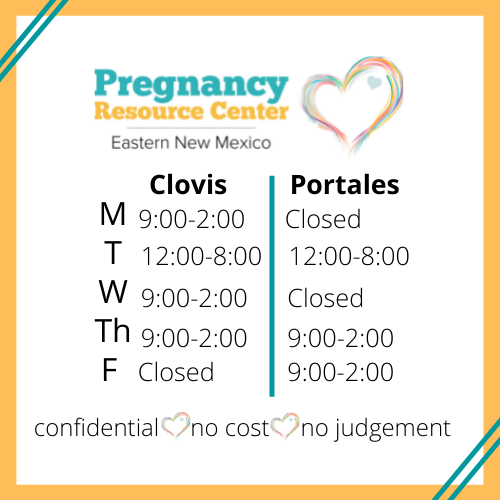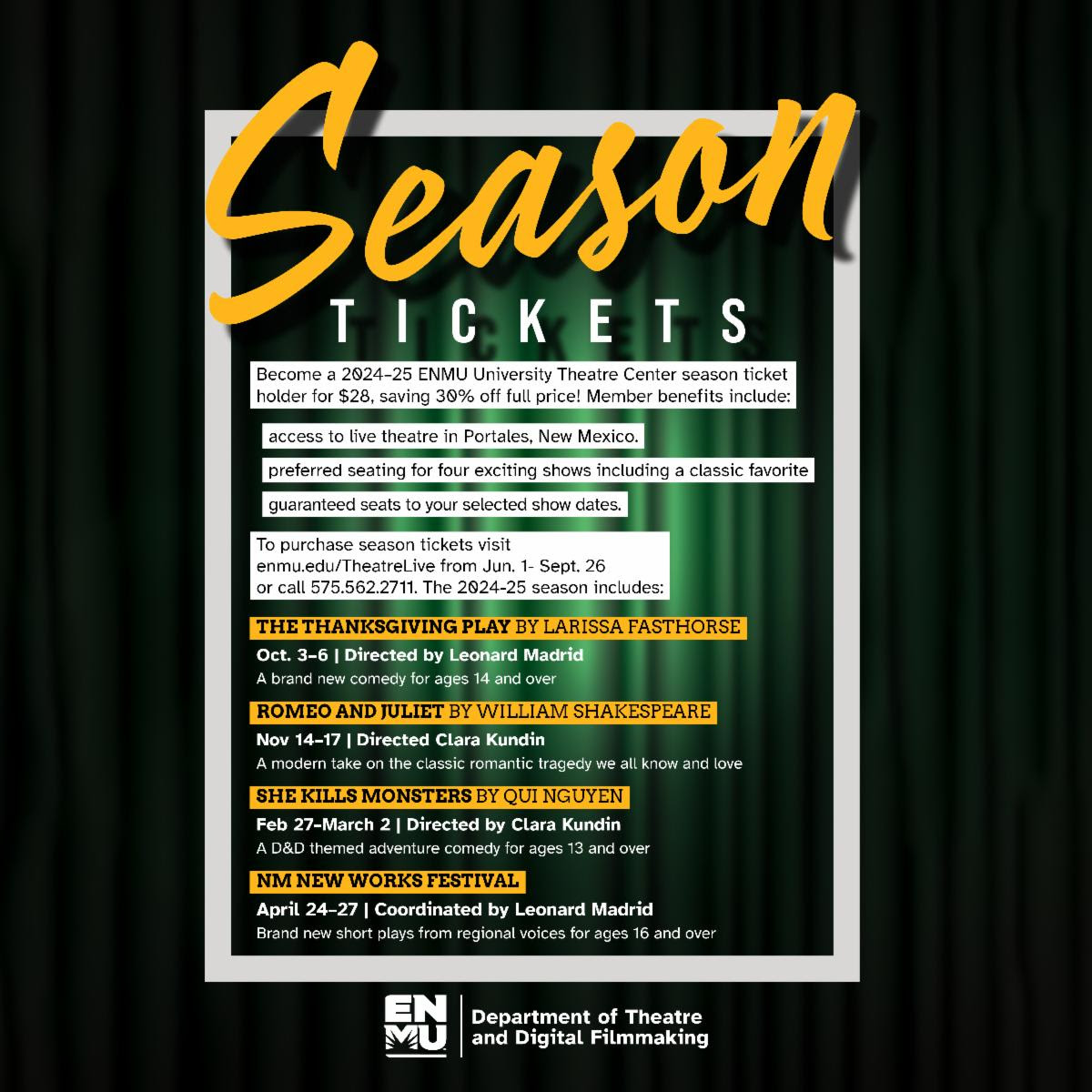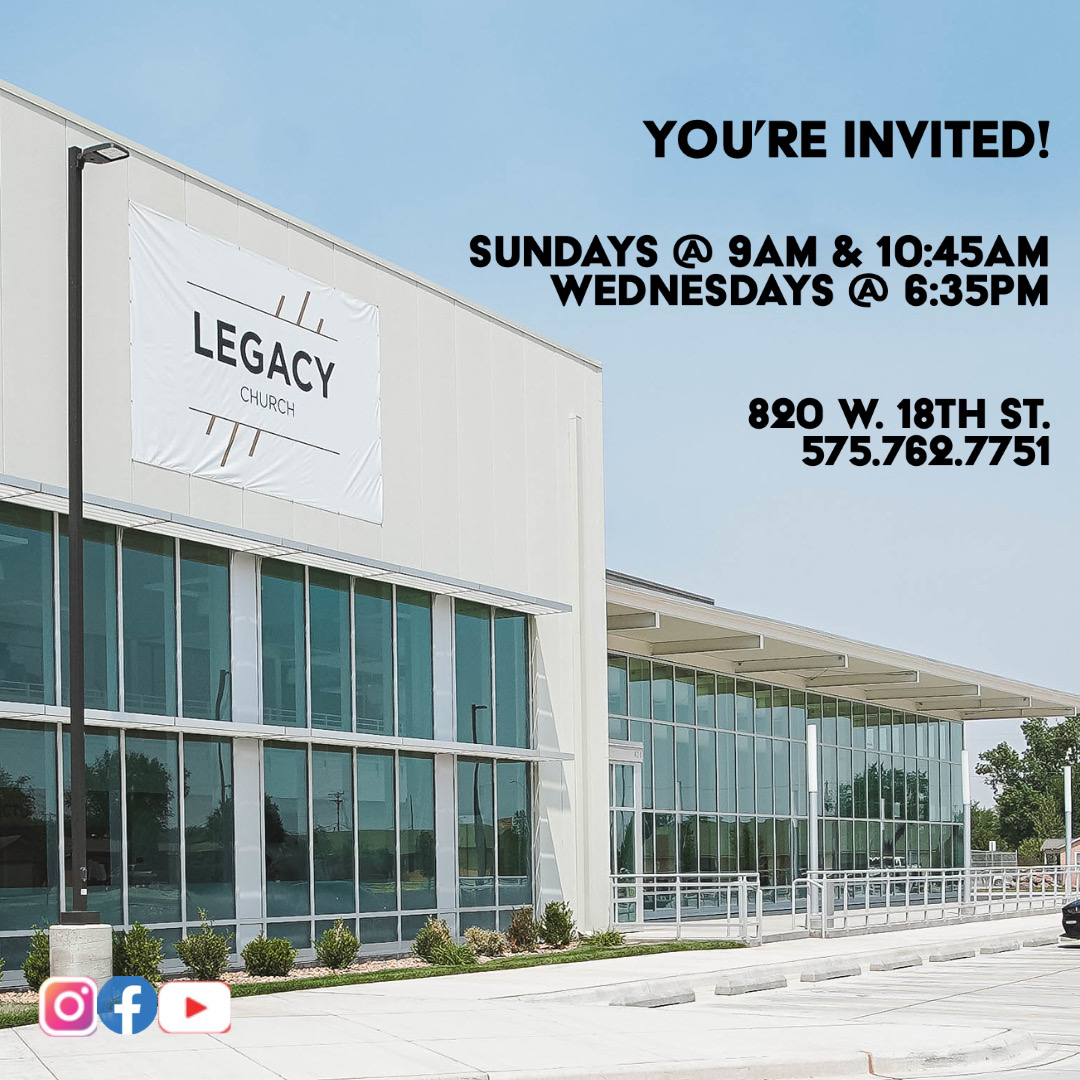SANTA FE – The state Supreme Court today vacated the convictions of two men convicted of murder and other offenses in a 2019 fatal shooting in Valencia County, and ordered a new trial.
In a unanimous decision, the Court concluded that a district court wrongly excluded an eyewitness from being called to testify at trial, which deprived Jesus Garcia and Alexandro Montelongo-Murillo of their constitutional right to present a defense.
The eyewitness, Lorenzo Montaño, was a neighbor who saw the drive-by shooting and identified a man who was never charged in the crime as one of the assailants.
“As Defendant Garcia persuasively argues, there is little doubt that Montaño’s testimony was crucial to the defense because he was an eyewitness to the homicide at issue and he would testify that someone else – a plausible alternate suspect – committed the crime. This evidence is quintessential exculpatory evidence that, if believed, could completely change the outcome of trial,” the Court wrote in an opinion by Justice Julie J. Vargas.
A jury convicted Garcia and Montelongo-Murillo of first-degree murder, conspiracy to commit first-degree murder and attempted first-degree murder. They were each sentenced to life imprisonment for murder and an additional 18 years for the other offenses.
The drive-by shooting started in the community of Meadow Lake, which is near Los Lunas. Two brothers, Daniel and Scott Sandoval, were chased in their car by men in an SUV firing multiple shots. Daniel was hit in the head, causing the car to go off the road. Scott fled to a nearby house and the assailants continued to shoot at the car. Daniel died of his injuries.
According to Scott, his brother told him during the chase that a man named “Boxer” was after him. Scott later identified Garcia as “Boxer,” the SUV driver, and Montelongo-Murillo as the passenger after viewing photographs provided by law enforcement. He was not shown a photograph of another man who Montaño said was shooting from the SUV’s passenger window. A sheriff’s detective interrogated the man and determined he was not involved.
During pretrial proceedings, Montaño was on the prosecution’s list of possible witnesses. The defense listed one expert witness and “any witness called, revealed, or disclosed by the state.” Several days before the trial, the defense sought to subpoena Montaño to appear at trial. The prosecution, who did not intend to call Montaño to testify, asked the court to prohibit him from serving as a defense witness.
The district court excluded Montaño as a witness after conducting a hearing, concluding that the defense failed to comply with a requirement in rules of criminal procedure to identify its witnesses by name and address within 30 days after the arraignment of a defendant. The trial court also found it prejudicial to the prosecution for the defense to wait until just before trial to identify a witness.
In considering appeals of the defendants’ convictions, the Supreme Court determined that the defense met the requirements for notifying the prosecution of witnesses, and that “neither the State nor the defense is required to retype the names and addresses of an opposing party’s witnesses onto their witness list” under procedural rules.
“In sum, a party provides adequate notice of intent to call an opposing party’s witnesses by including a general statement reserving the right to call the opposing party’s witnesses,” the Court wrote.
The justices also provided guidance to trial courts on the legal standard to follow in deciding whether to exclude a defense witness in a criminal trial.
Trial courts must consider sanctions less severe than exclusion of a witness, the extent of prejudice to the prosecution, whether the defense willfully violated witness notice requirements, and the impact on the trial of excluding a witness.
The justices found there was sufficient evidence to warrant a new trial for Garcia and Montelongo-Murillo. The Court also rejected a defense argument that the surviving brother’s identification of the defendants should be suppressed.
“We do not condone the suggestive eyewitness identification procedure that was used in this case. However, given the exigent circumstances, it was reasonable for the district court to conclude that law enforcement had good reason to use the suggestive identification procedure, and, therefore, the admission of evidence of the identification did not violate Codefendants’ due process rights,” the Court wrote.
###
To read the decision in State v. Garcia, No. S-1-SC-40221, S-1-SC-40225 please visit the New Mexico Compilation Commission’s website using the following link: https://nmonesource.com/nmos/







































